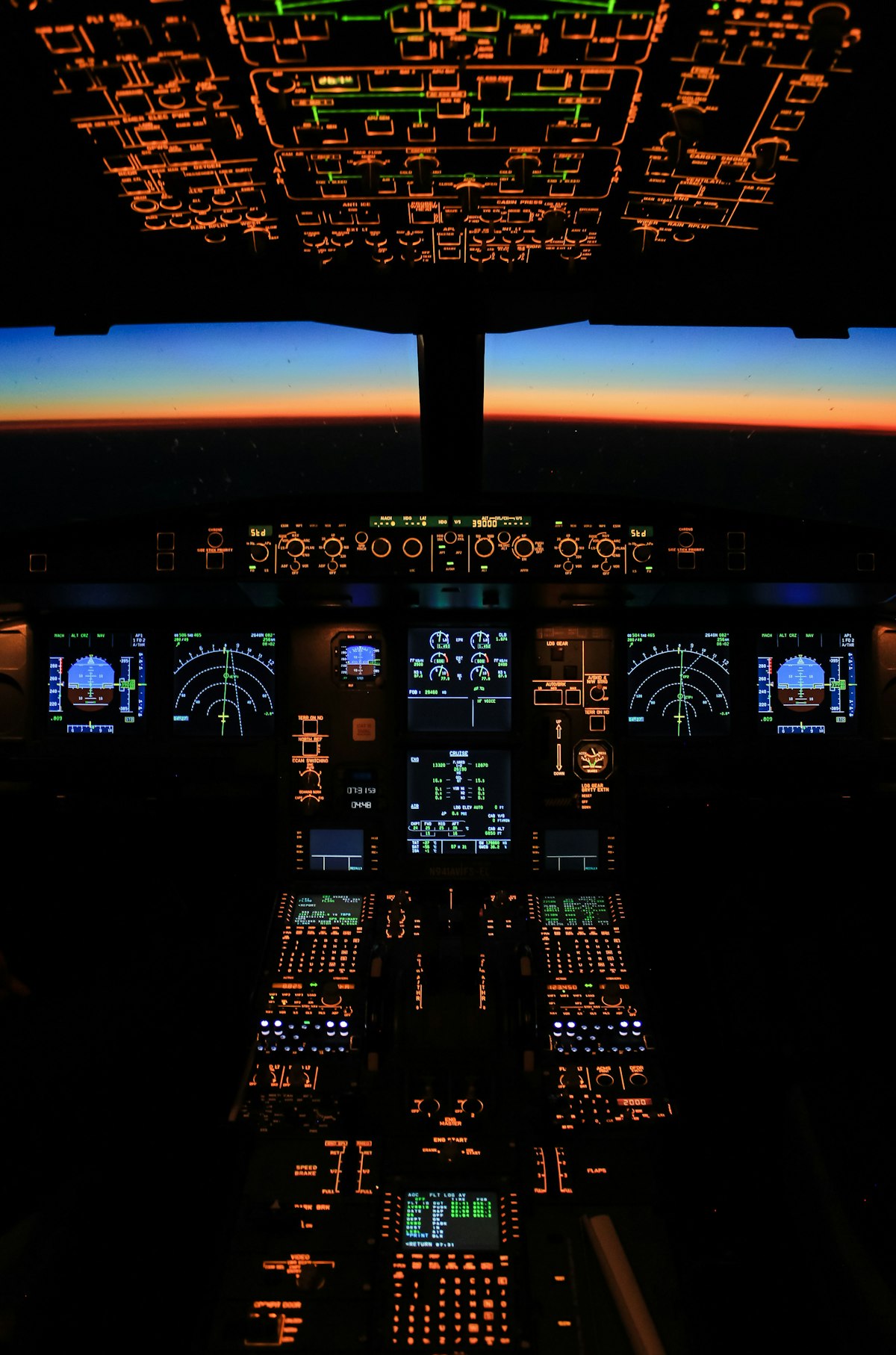Flight Tracking
Flight tracking is a key aspect of modern aviation. It involves the use of technology to monitor the position, speed, and altitude of aircraft. This technology benefits both airlines and passengers, offering increased safety, efficiency, and convenience.

How Flight Tracking Works
Aircraft are equipped with transponders that communicate with ground-based radar systems. These transponders relay location data, including latitude, longitude, altitude, and speed. Once this data is collected, it is processed by air traffic control centers.
Another critical technology in flight tracking is ADS-B (Automatic Dependent Surveillance-Broadcast). ADS-B uses GPS satellites to determine the precise location of an aircraft and broadcasts this data to other aircraft and ground stations.
Components of Flight Tracking Systems
Flight tracking systems consist of various components working together:
- Transponders: Send location and identification data to radar systems.
- Radar Systems: Receive transponder signals and track aircraft positions.
- ADS-B: Provides real-time GPS-based data on aircraft positions.
- Flight Tracking Software: Aggregates data from multiple sources for real-time display and analysis.
Benefits of Flight Tracking
Flight tracking offers numerous advantages:
- Improved Safety: Real-time tracking helps prevent collisions and enhances navigational safety.
- Efficiency: Airlines can optimize flight routes based on live traffic and weather data.
- Passenger Convenience: Real-time flight status updates and accurate ETA notifications are possible.
Flight Tracking for Passengers
Modern flight tracking systems allow passengers to follow their flights in real-time. Websites and apps provide detailed flight information, including delays, gate changes, and real-time maps of the aircraft’s location. Popular platforms such as FlightAware and Flightradar24 offer comprehensive tracking services.
Regulatory Framework
Various international organizations regulate flight tracking. The International Civil Aviation Organization (ICAO) sets global standards. These regulations ensure consistent and reliable data collection and sharing across borders.
Challenges in Flight Tracking
Despite its benefits, flight tracking faces challenges. Maintaining real-time tracking over oceans and remote areas is difficult. Satellite-based tracking systems, like ADS-C (Automatic Dependent Surveillance-Contract), help mitigate this issue but can be expensive to implement.
Technological Advancements
Technological advancements continue to improve flight tracking. New satellite systems provide comprehensive global coverage. Innovations like Space-Based ADS-B enhance the accuracy and reliability of aircraft tracking data.
Future of Flight Tracking
The future of flight tracking looks promising. Integration with artificial intelligence and machine learning could further enhance route optimization and predictive maintenance. Collaborative efforts between governments and private companies will drive innovation and implementation.
Understanding flight tracking is essential for appreciating modern aviation’s complexity and efficiency. As technology evolves, flight tracking systems will continue to play a crucial role in the aviation industry.




Subscribe for Updates
Get the latest articles delivered to your inbox.
We respect your privacy. Unsubscribe anytime.